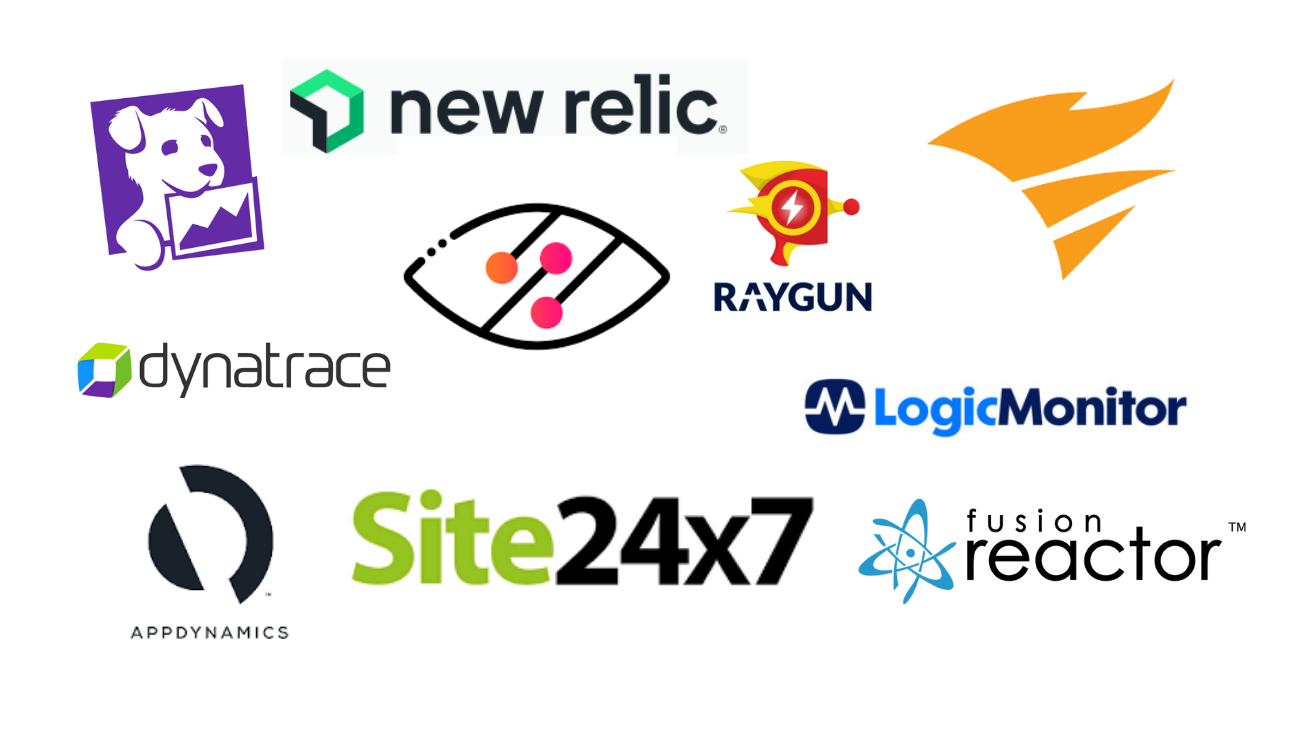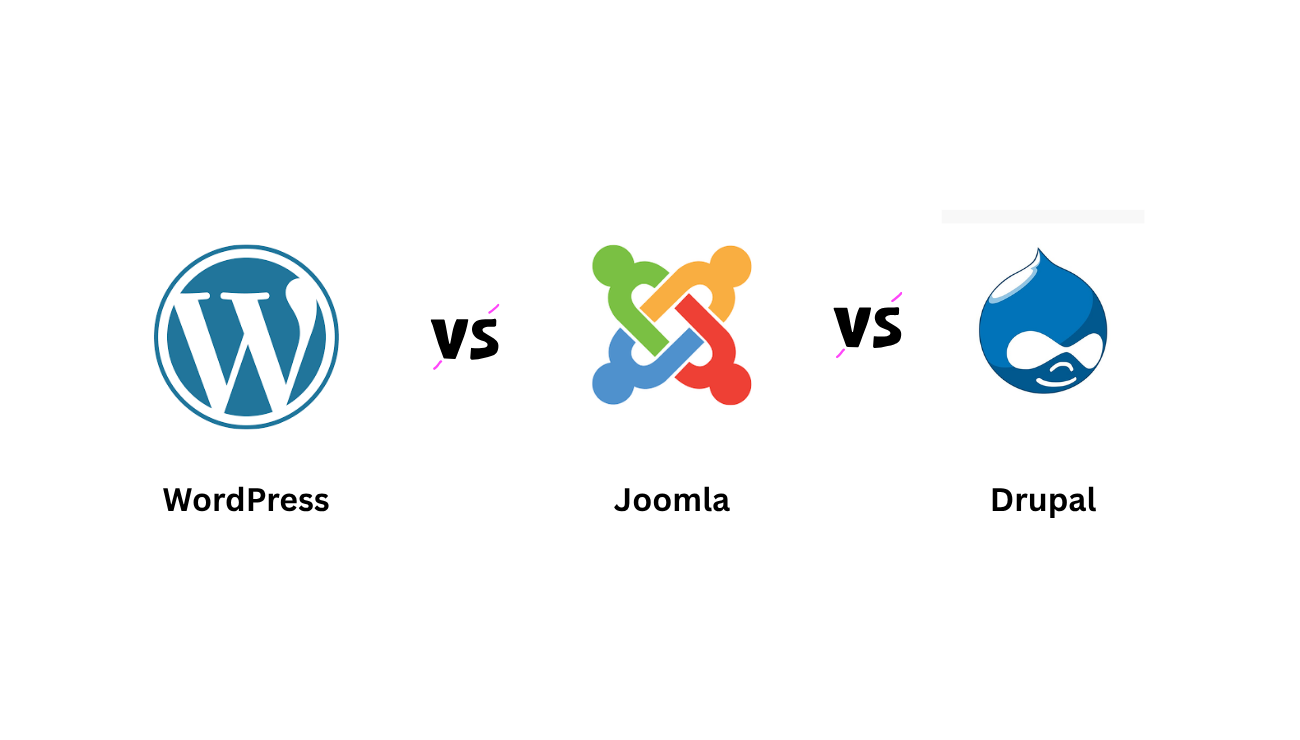
Best Technologies and Languages to Build Microservices Architecture
Microservices architecture has become a dominant approach for designing scalable, flexible, and maintainable systems. By breaking down an application into smaller, independent services that communicate over lightweight protocols, organizations can improve development efficiency and reduce time to market.
When it comes to building microservices, choosing the right technology stack is essential for the system’s performance, scalability, and ease of maintenance. In this blog, we will explore the best technologies and programming languages that are popular in building microservices architecture.
1. Programming Languages for Microservices
a) Java
Java remains one of the most widely-used languages for developing microservices. It has an extensive ecosystem with frameworks like Spring Boot and Micronaut, which make it easier to build stand-alone, production-grade microservices.
- Why Use Java?
- Wide support for enterprise-level applications.
- Rich ecosystem of tools and frameworks.
- Great for building scalable and performant microservices.
- Strong community support.
b) Python
Python has become a favorite for building microservices, particularly when rapid development is needed. With frameworks like Flask and Django, developers can quickly build APIs and microservices.
- Why Use Python?
- Easy-to-learn syntax and faster development cycle.
- A strong ecosystem of libraries for data processing, machine learning, and web APIs.
- Great for prototype and MVP (Minimal Viable Product) development.
c) Go (Golang)
Go is becoming one of the go-to languages for building microservices. Its high performance, simplicity, and concurrency capabilities make it ideal for cloud-native microservices. With the Gin and Echo frameworks, Go simplifies the development of microservices while maintaining speed.
- Why Use Go?
- Extremely fast execution, which is crucial for high-performance applications.
- Simplicity and ease of use.
- Excellent concurrency support.
- Built-in support for HTTP servers and web frameworks.
d) Node.js (JavaScript/TypeScript)
Node.js is highly effective for building fast and scalable microservices, especially when you have asynchronous and non-blocking workloads. JavaScript (or TypeScript for type safety) allows developers to build lightweight microservices, using the Express or Fastify framework.
- Why Use Node.js?
- Lightweight and fast, especially for I/O-heavy applications.
- Large ecosystem with an active community.
- Seamless integration with frontend JavaScript frameworks (React, Angular).
- Great for real-time applications.
e) C# (.NET Core)
C# with .NET Core is a powerful choice for building microservices on the Microsoft stack. It is cross-platform and can run on Linux, macOS, and Windows, making it a versatile option. ASP.NET Core provides excellent features for creating fast, scalable APIs.
- Why Use C#/.NET Core?
- Mature ecosystem for enterprise applications.
- Excellent integration with Azure cloud services.
- Good performance with native support for REST APIs.
- Cross-platform compatibility.
2. Key Frameworks for Building Microservices
a) Spring Boot (Java)
Spring Boot is one of the most popular frameworks for building microservices in Java. It simplifies configuration and setup, enabling developers to focus on writing code rather than dealing with complex infrastructure.
- Key Features:
- Simplified deployment with embedded web servers.
- Automatic configuration and dependency management.
- Support for cloud-native and containerized applications.
b) Flask/Django (Python)
Both Flask and Django are widely used frameworks for building Python-based microservices. Flask is ideal for small to medium-sized services, while Django provides a more robust feature set, including ORM and admin panels, making it suitable for larger applications.
- Key Features of Flask:
- Lightweight and simple.
- Great for small, stateless services.
- Key Features of Django:
- Full-stack framework with everything included.
- Great for building RESTful APIs quickly.
c) Express.js (Node.js)
Express.js is a minimal, unopinionated web framework for Node.js. It is commonly used for building RESTful APIs in microservices, especially when speed and lightweight design are crucial.
- Key Features:
- Minimalistic and flexible.
- Robust ecosystem with middleware support.
- Good performance for I/O-intensive applications.
d) ASP.NET Core (C#)
For building microservices using C#, ASP.NET Core is the go-to framework. It supports cross-platform development, excellent performance, and is well-integrated with Azure cloud services.
- Key Features:
- High-performance and modular.
- Rich support for REST APIs, authentication, and authorization.
- Cross-platform support.
3. Best Tools and Technologies for Microservices
a) Docker
Docker is the leading containerization tool that allows microservices to be packaged into lightweight, isolated containers. Docker makes it easier to develop, test, and deploy microservices, ensuring they run consistently across environments.
- Why Use Docker?
- Simplifies packaging and deployment of microservices.
- Enables isolation and scalability.
- Works well with orchestration tools like Kubernetes.
b) Kubernetes
Kubernetes is an open-source container orchestration platform that automates the deployment, scaling, and management of containerized applications. It is the de facto standard for managing microservices in production environments.
- Why Use Kubernetes?
- Facilitates automatic scaling and load balancing.
- Manages deployment, monitoring, and updates for microservices.
- Simplifies orchestration of containers.
c) API Gateway (e.g., Kong, NGINX)
An API Gateway is essential for routing traffic to various microservices, managing authentication, and aggregating responses. Popular API gateways like Kong and NGINX are commonly used in microservice architectures.
- Why Use an API Gateway?
- Centralizes API management.
- Provides security features like authentication and rate limiting.
- Simplifies service discovery.
d) Service Mesh (e.g., Istio, Linkerd)
A Service Mesh is a layer that manages communication between microservices. Tools like Istio and Linkerd provide features such as load balancing, service discovery, and fault tolerance, making it easier to manage complex microservices systems.
- Why Use a Service Mesh?
- Simplifies service-to-service communication.
- Provides observability, security, and traffic management.
- Enhances resiliency of microservices.
4. Database Options for Microservices
Microservices can use various database systems depending on the requirements of each service. Common database choices include:
- Relational Databases: For services that require strong consistency, PostgreSQL and MySQL are popular choices.
- NoSQL Databases: Services requiring high scalability and flexible schemas often use MongoDB, Cassandra, or Redis.




